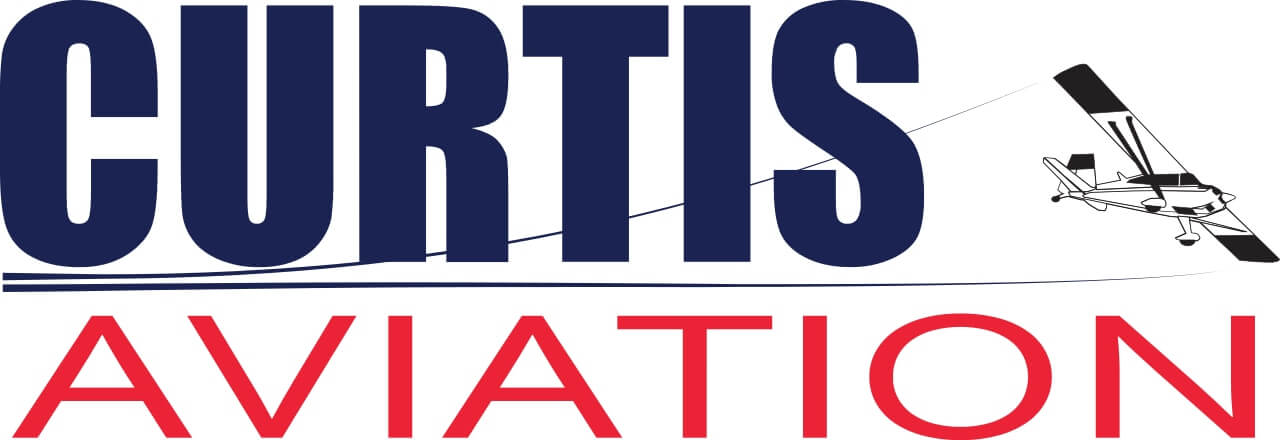4.8 Star Rating
5/5
Powered by


As Private Pilot training experts we open up a whole new level of flying freedom and adventures for you.
The next step after a Recreational Pilot Licence (RPL) is a Private Pilot Licence (PPL). It often comes as a surprise that as a holder of a Private Pilot Licence, you’re allowed to fly solo anywhere in Australia in visual daylight flying conditions (VMC – Visual Meteorological Conditions) with passengers.
Whether it’s local scenic flights to Sydney Harbour or fishing trips to the Gulf of Carpentaria, the possibilities are almost endless.
Obtaining a Private Pilot Licence (PPL) is a significant achievement for a pilot. During pilot training, you will be competent in general flying handling skills, flight planning, weather forecast interpretation, and cross-country navigation.
Once you have your PPL, you have the option to upskill so you have even more flying options available to you. At Curtis Aviation, we offer a unique level of training support and flexible training.
What that means for you is instructors committed to helping you have a great flying training experience, and you can choose when you fly. Read on to learn more or contact our friendly team.
CALL US
Curtis Aviation
CALL US
Curtis Aviation
What is a Private Pilot Licence?
In simple terms, a Private Pilot Licence (PPL) allows you to be a pilot-in-command or a co-pilot of an aircraft in private operations or during flying training, for the aircraft category and class you are approved for.
How old do I need to be to have a Private Pilot Licence?
To acquire a PPL, you must be at least 17 years of age, pass your theory exam and pass a flight test with an Approved Testing Officer. (At Curtis Aviation we have our own Approved Testing Officer.)
The Civil Aviation Security Authority (CASA) requires a total minimum of 40 hours of “aeronautical experience” to qualify for the PPL.
This includes the 20 hours already flown getting your Recreational Pilot Licence. Of the 40 hours, a minimum of 10 hours will be flown as the solo pilot-in-command.
Although a minimum is set, almost every pilot will require more hours than the minimum. Why?
Factors influencing how many hours of training are required to become a pilot include:
• Student pilot skill
• Instructor skill
• Frequency of flying (more often = faster progress)
• Location (less busy locations allow for more flight practice per hour)
Considering these factors is important when choosing the right flying school for you. At Curtis Aviation, you have access to highly skilled instructors and as a Camden-based flying school, you have the added bonus of learning to fly in a controlled airport without the stress and congestion of some other aerodromes.
Read more about PPL licencing on the CASA website.
Upskilling, once you have your PPL, will allow you to expand the type of aircraft you can fly and in what conditions, or even aim for a Commercial Pilot Licence 7 or Flying Instructor Rating.
There is a lot to take in, but the great news is at Curtis Aviation we will make it simple for you.
